Cancer research or middle school science — either way, Ian Smith was hooked.
By the time he was helping his children with their science lessons, he’d already earned a Cambridge University doctoral degree in theoretical chemistry, conducted post-doctoral research at Stanford University and been poached by National Research Council Canada.
He built the council’s Institute for Biodiagnostics in Winnipeg, published more than 430 articles, received a plethora of awards — including the Star of Romania from the country’s president and Manitoba’s highest honour, the Order of the Buffalo Hunt — and launched several successful medical device companies.
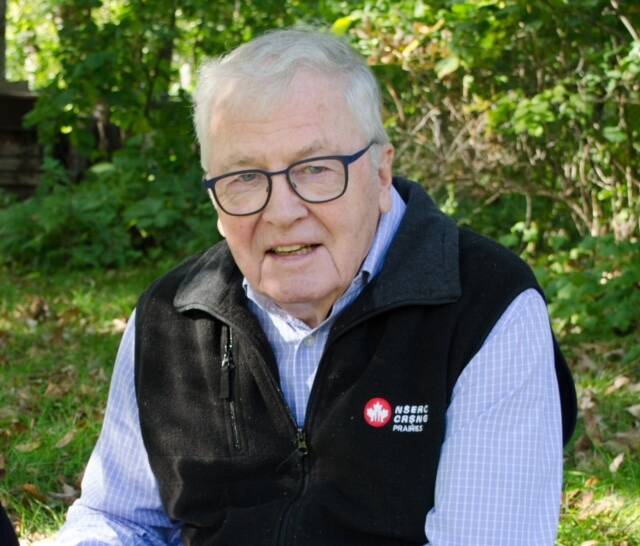
Ian Smith, a husband, father and Winnipeg scientist, died in May at the age of 84.
He was “the best grampy ever” by granddaughter Mackenzie Smith’s estimation.
“He was a great dad,” added Roderick Smith, one of Ian’s four children. “There wasn’t anything he couldn’t do — he was good at sports, he had a brilliant mind.”
Ian died on May 9 at 84 years old.
He always encouraged science questions and offered to help his kids study for upcoming tests. On one occasion, he assisted as Roderick lined up substances — lemon juice, bleach — to test which would clean pennies for a school project.
“He loved doing anything science related,” Roderick said.
The senior Smith had a knack for it: as a child, he built a chemistry lab in his parents’ north Main Street basement.
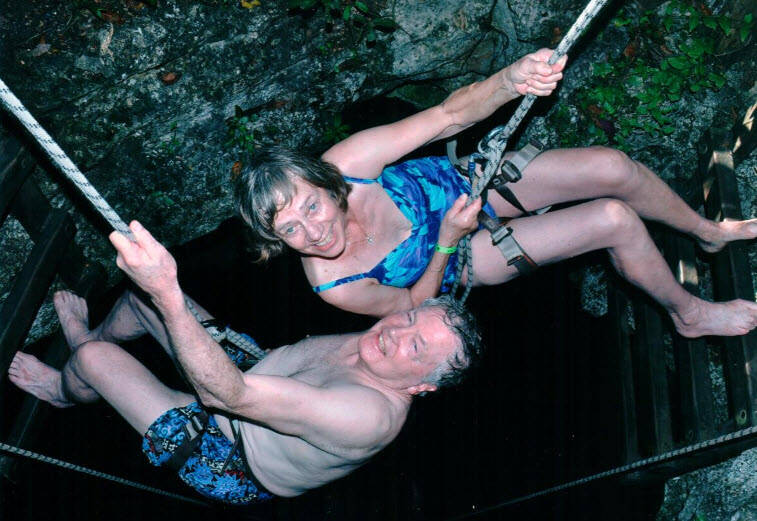
Smith and Eva were married for 59 years and raised four children.
He won scholarships as he graduated from high school in West Kildonan; he next studied honours chemistry at the University of Manitoba and a master’s degree followed.
So did another scholarship — for a Ph.D. program at Cambridge University in England. He took a boat overseas, ready to dive into electron resonance spectroscopy.
It was in Cambridge, at a school dance, that he laid eyes on Eva Landvik. The two fell in love and soon he was learning her native language, Swedish, adding it to the other languages he could understand — English, French, Russian and German.
The two married at the Swedish Church in London in 1965.
Eva typed Ian’s thesis and moved with him to California, and then New Jersey, as he conducted post-doctoral research.
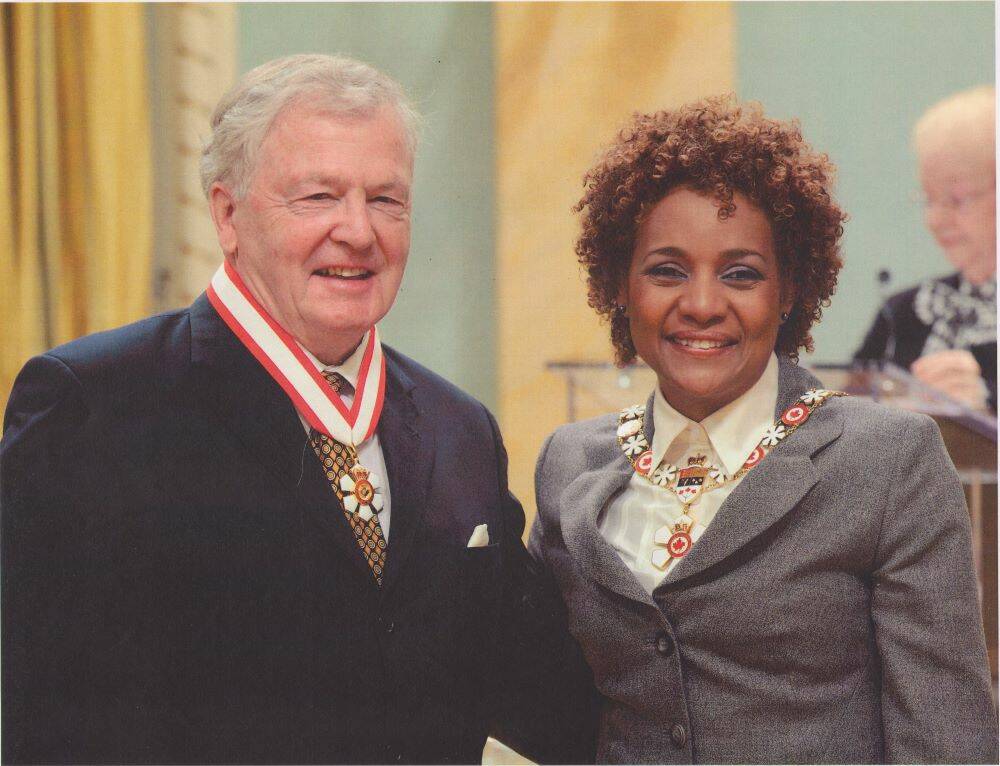
Smith (left) and former Governor General Michelle Jean.
While at New Jersey’s Bell Labs, Ian was tapped by National Research Council Canada to take a position in Ottawa.
He was familiar with the council as he worked there as a summer student during his years at the U of M. Ian accepted the position of research officer in the chemistry division, kicking off a 47-year career with the government branch.
While there, Ian poured over protein structures. He developed diagnostic tests for colon cancer and the metastasis of breast cancer. Nuclear magnetic resonance was a term he became very familiar with.
Meanwhile, he and Eva expanded their family to include a daughter, Brittmarie, and three sons — Cormack, Duncan and Roderick.
Twelve-hour workdays weren’t uncommon for his dad, Roderick said, as “he loved working.” Yet the scientist still found time to help out in the kitchen, shovel the driveway and fix things around the house.
Roderick joined his parents on a 1992 move from Ottawa to Winnipeg, where Ian was next tasked with building the research council’s Institute for Biodiagnostics.
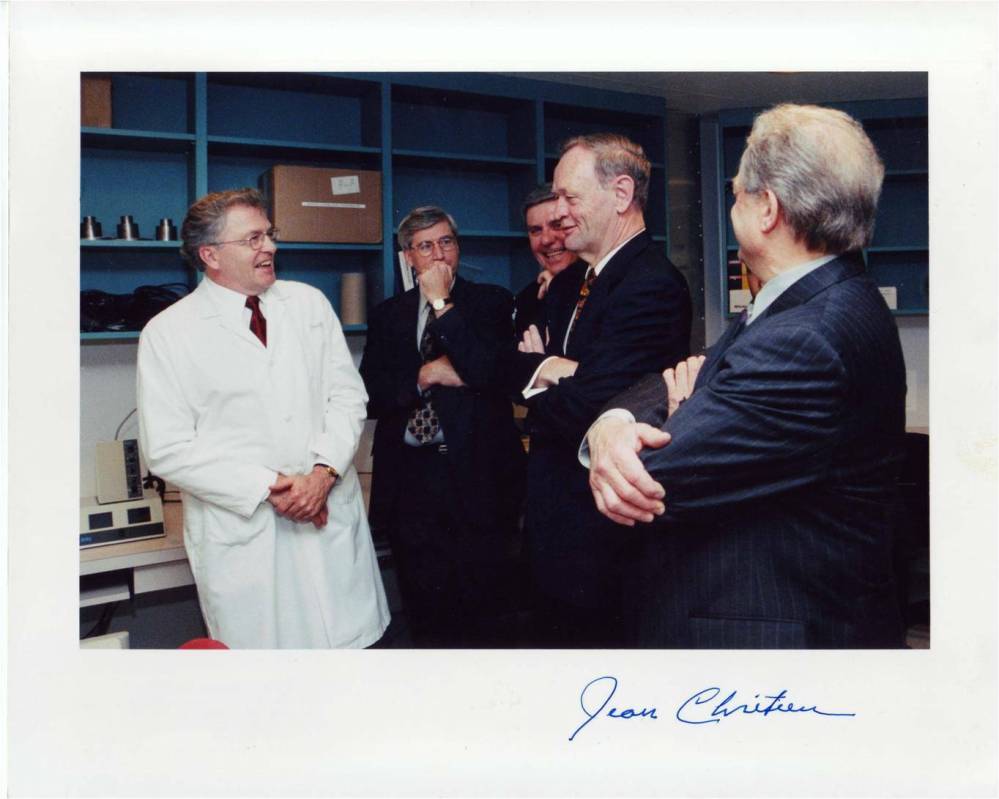
Smith (left) and former prime minister Jean Chrétien
“Ian, being from Winnipeg, (was) very happy to go back and start,” Eva said. “He loved his science, he loved Canada, he loved doing things for Canada.”
Ian oversaw the research and commercialization of non-invasive health diagnosis devices while at the Ellice Avenue institute. He worked at the downtown site from 1992 to 2013, when funding cuts at the federal level led to the lab’s closure.
His impact extended far beyond the institute, noted Steven Leclair, archives officer of the research council.
“Dr. Ian Smith was an internationally respected scientist and leader,” Leclair said in a statement. “(His) long career at the NRC influenced many within and beyond the walls of the NRC.”
While he worked at National Research Council Canada, Ian also taught at universities in Ottawa and Manitoba and lectured abroad. In addition, he chaired and sat on many scientific and academic boards.
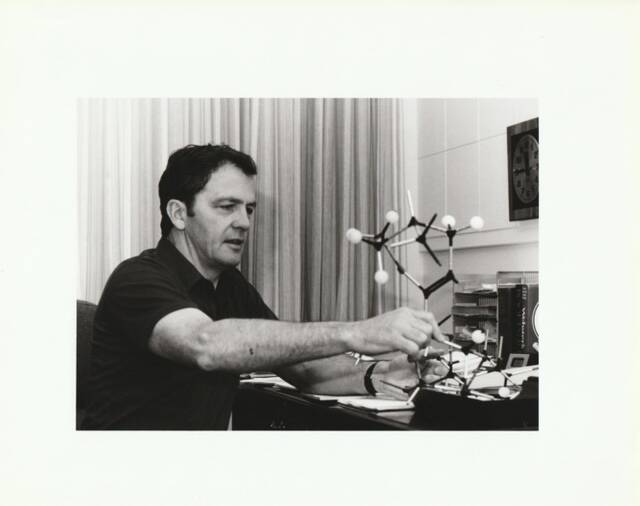
Smith loved doing anything science related.
He was also a popular expert with the provincial government: he chaired the province’s standing committee on science and technology from 1995 to 2001 and was part of then-premier Greg Selinger’s economic advisory council.
He was “a bit of a larger than life personality” when it came to commercializing medical devices, noted Marshall Ring, who worked with Ian at the Manitoba Technology Accelerator.
Ian was a co-founder of the non-profit, which was also called Biomedical Commercialization Canada. He had a role in companies like IMRIS, which counted some $52 million in revenue in 2011 by selling surgical theatre MRI devices to hospitals globally.
“He would accomplish things that other people wouldn’t think would be possible,” Ring said.
Ian encouraged Ring, who was chief executive officer of the Manitoba Technology Accelerator until earlier this year, to take risks and “not be afraid of failure.”
Ian’s 10-year-old granddaughter Mackenzie — one of nine grandchildren — spent many days playing with her grandpa on his lawn. She’d ask a question and he would give a thorough answer “in like 10 seconds.”
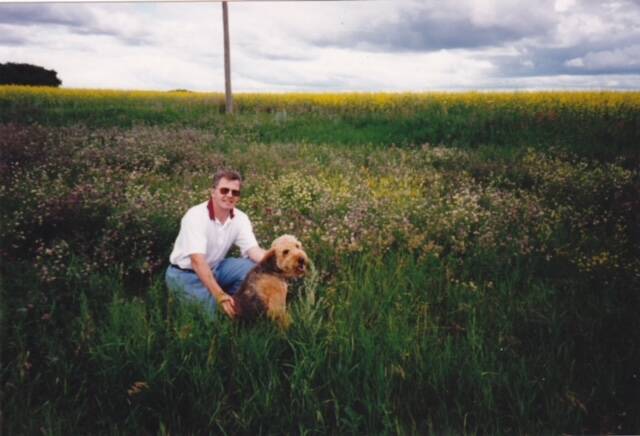
Smith’s wife, Eva, said he loved Canada.
Some of his grandchildren have taken a liking to science.
gabrielle.piche@winnipegfreepress.com

Gabrielle Piché
Reporter
Gabrielle Piché reports on business for the Free Press. She interned at the Free Press and worked for its sister outlet, Canstar Community News, before entering the business beat in 2021. Read more about Gabrielle.
Every piece of reporting Gabrielle produces is reviewed by an editing team before it is posted online or published in print — part of the Free Press‘s tradition, since 1872, of producing reliable independent journalism. Read more about Free Press’s history and mandate, and learn how our newsroom operates.
Our newsroom depends on a growing audience of readers to power our journalism. If you are not a paid reader, please consider becoming a subscriber.
Our newsroom depends on its audience of readers to power our journalism. Thank you for your support.